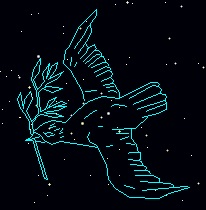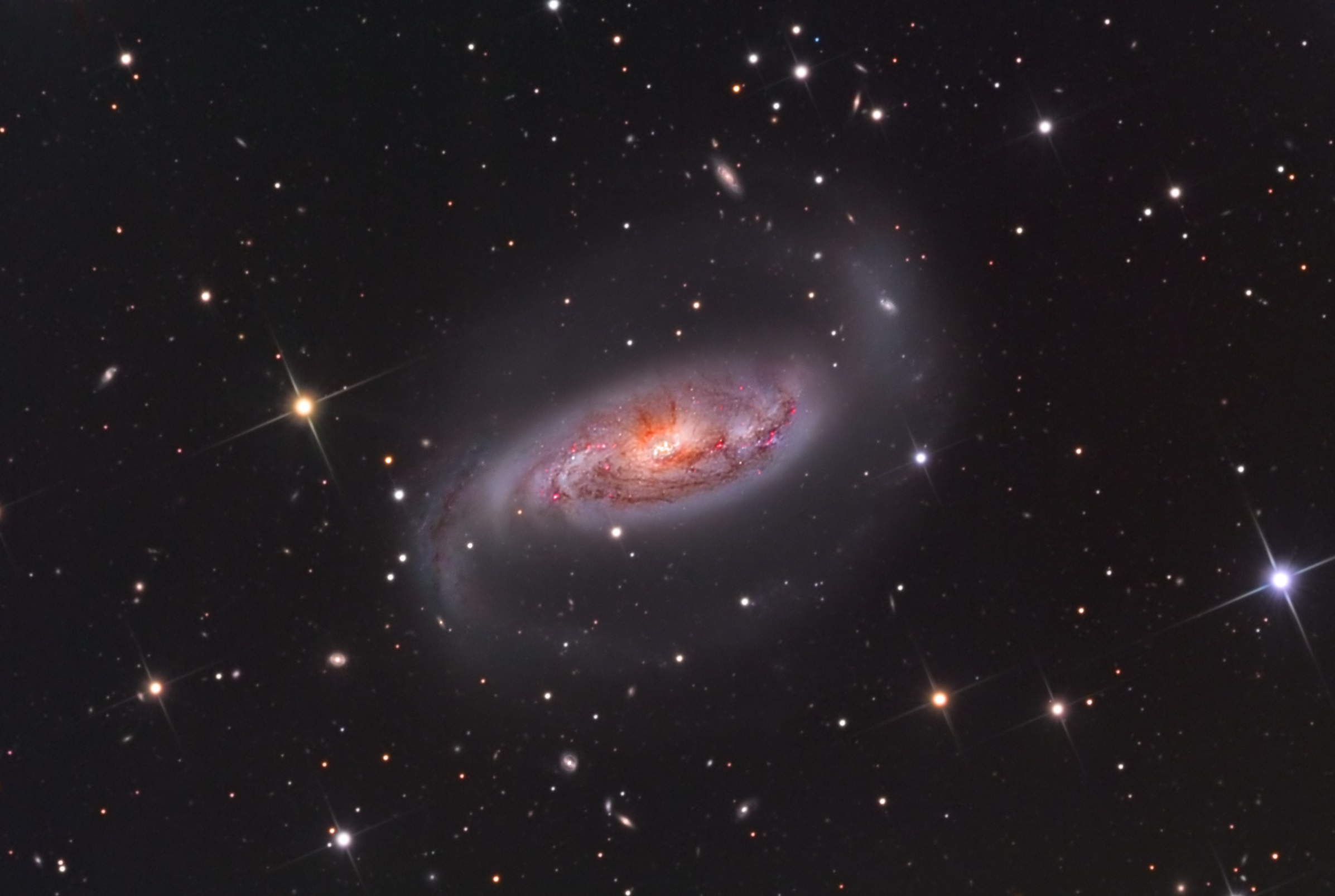
A small constellation in the southern hemisphere, Columba was created by the Dutch astronomer Petrus Plancius in the 16th century. However, it later appeared in Johann Bayer’s star atlas Uranometria in 1603. The constellation is represented as a bird with flapping wings, holding an olive spring in its mouth and is hence, meant ‘dove’ in Latin. After the dove told Noah that the Great Flood was receding, Plancius originally named it ‘Columba Noae’ or ‘Noah’s Dove’. As it is a southerly constellation, it can be seen by those living in the southern United States. Columba belongs to the Heavenly Waters family of constellations. Let us discuss further about this constellation.
Of the numerous stars in this constellation, some of the notable ones are:
- Phact or Aplha Columbae: It is the brightest star in this constellation. Its traditional name Phact is derived from an Arabic word Al-Fakhita meaning ‘the dove’ or ‘ring dove’. Belonging to the spectral class B7IVe, it has an apparent magnitude of about 2.60 and is approximately 270 light years distant.
- Wezen or Beta Columbae: It is the second brightest star of this constellation. Its traditional name is derived from the Arabic word meaning ‘the weight’. It is a giant star with an apparent magnitude of about 3.12 and lies approximately 86 light years away.
- Ghusn al Zaitum: It is a spectroscopic binary star. Its traditional name is derived from the Arabic phrase al-ghuşn al-zaitūn meaning ‘olive branch’. With a yellow giant for a primary component, the star has a close companion which has an orbital period of about 2.38 years. It has a magnitude of about 3.853 and is approximately 237 light years distant.
- Y Columbae or Gamma Columbae: It is a blue sub giant. With a magnitude of about 4.35, it is located about 854 light years away from the solar system.
- Μ Columbae ro Mu Columba: It is a runaway star. This star completes one rotation in 1.5 days and hence, is also referred as the fast rotating star. Generally, it is believed that the star has been removed from the Orion constellation. Its apparent magnitude is about 5.15 and it is one of the O–class stars seen with the naked eye. Mu Columbae lies approximately 1,300 light years distant.
- Ε Columbae or Epsilon Columbae: It is a giant star that belongs to K1 IIIa spectral class. With a magnitude of 3.875, it is approximately 531 light years away.
- Η Columbae or Eta Culumbae: It is a yellow–orange giant. It has an apparent magnitude of 3.946 and lies approximately 531.2 light years distant.
Columba does not have many notable deep objects, a few of them include:
- NGC 1808: It is a barred spiral galaxy, also referred to as the Seyfert galaxy. It has a lot of similarities with the Milky Way and is believed to have a lot of star forming activity that occurs in it. It has an unusual nucleus which is shaped like a warped disk that shows odd flows of hydrogen gas flowing out of the central regions. It lies approximately 40 million light years distant.
- NGC 1851: It is a globular cluster for Columba. Its magnitude is 7.3 and it lies about 39,500 light years distant.
Seen at latitudes between +45° and -90°, it lies in the first quadrant of the southern hemisphere.

It occupies an area of 270 square degrees, making it the 54th constellation in the sky. The star furthest away in this constellation is 270 light years distant from the earth and the closest star is 86 light years away, hence, it can be said that Columba is 270 light years distant from the earth.
According to a Greek mythological story, Columba represents Noah’s dove. Petrus created the constellation behind Argo Navis constellation meaning ‘Noah’s Ark’. According to the myth, Noah sent his dove from the Ark in search of a dry land. The bird returned with an olive branch in its beak; this was a signal that the flood was receding. According to some myths, Columba represents the dove sent by Argonauts between the Clashing Rocks to ensure that there was a safe passage to pass by.

Columba is surrounded by constellation such as Caelum, Canis Major, Lepus, Pictor and Puppis.


